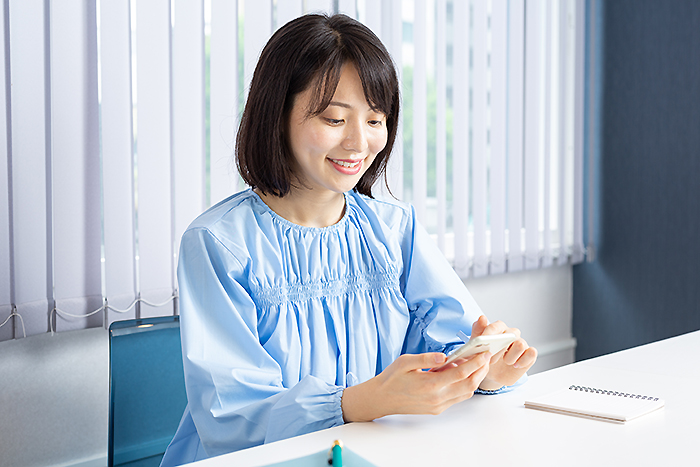
Although the term "Artificial Insemination" tends to conjure up images of an artificial method, human intervention is limited to the point where the sperm enters the uterus, and the process from fertilization to conception is more akin to a natural pregnancy.
The cost is relatively low, there is no effect on the baby, and there are almost no side effects, so if there is no obvious cause of infertility on the woman's side and the age is young, it is a method that is often proposed before IVF.
Artificial Insemination (AIH) is a method in which semen is washed and concentrated by density gradient centrifugation and injected artificially into the lumen of the uterus in order to allow as many sperm as possible to reach the egg periphery in time for ovulation on the female side.
The only difference from natural pregnancy is the place where the sperm enters, and the process from fertilization to pregnancy is exactly the same, so it can be said that it is a method that is as close to natural pregnancy as possible.
In natural pregnancy, semen enters the vagina and the sperm reaches the uterus from there, whereas artificial insemination directly injects healthy sperm into the uterus, so the probability of sperm and egg meeting increases.
Consider using an ovulation inducer or going natural.

To predict the date of ovulation, ultrasound is used to check the size of the follicles in the ovaries and the thickness of the endometrium.
A blood test may also be done to measure estrogen (ovarian follicle hormone).
The date and time of the artificial insemination will then be discussed with the doctor.
Once the date is set, you will discuss the semen preparation method with the nurse and make a decision.
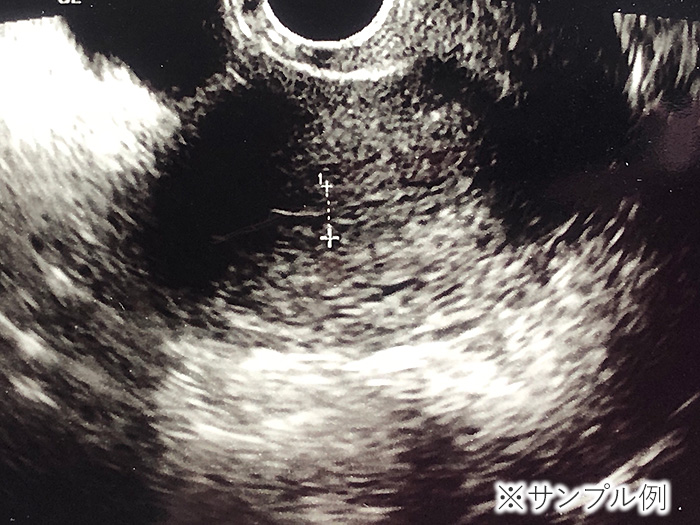
For the Husband
1. Sperm collection
Semen will be collected at home or in the hospital and submitted to an outpatient clinic.
2. Sperm washing and concentration
After semen examination, the semen is washed and concentrated by density gradient centrifugation to collect healthy sperm.
Centrifugal separation concentrates healthy sperm by removing as much white blood cells, immature sperm, dead sperm, and malformed sperm as possible, which hinders sperm movement, and a higher pregnancy rate can be expected than with the timing method.
The time required is around 1 hour.
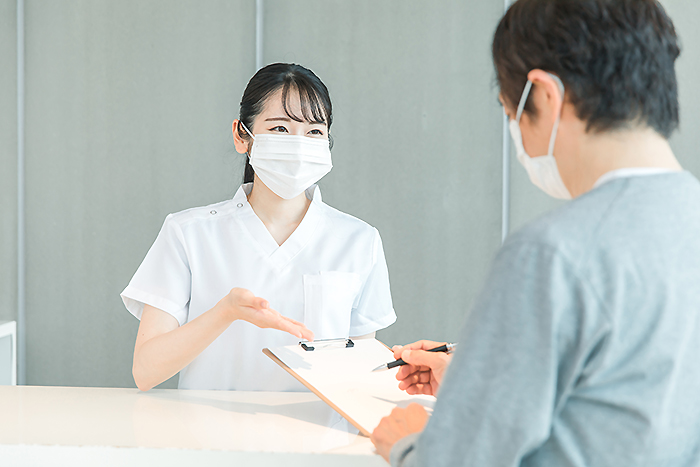
For the Wife
1. Ultrasound examination
On the day of artificial insemination, we will check the condition again with ultrasound and then perform artificial insemination.
Some patients do not have ultrasound on the day of artificial insemination.
2. Artificial insemination performed
After the semen is processed, artificial insemination is performed.
3. End of artificial insemination
Once artificial insemination is complete, antibiotics will be prescribed and the day will end.
Please refrain from strenuous exercise and sexual intercourse on the day of your appointment, and only take showers.
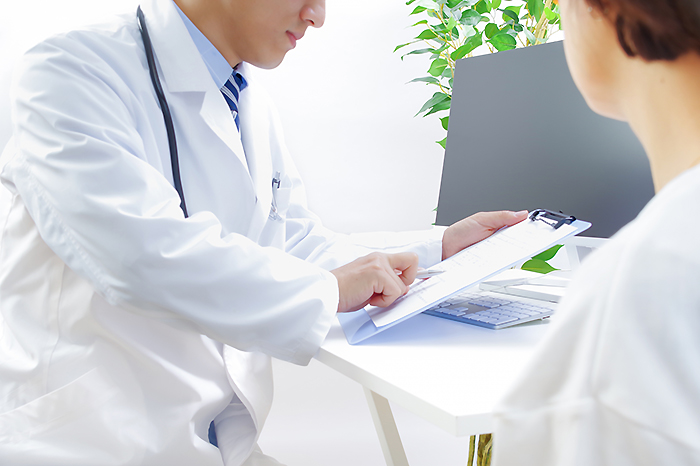
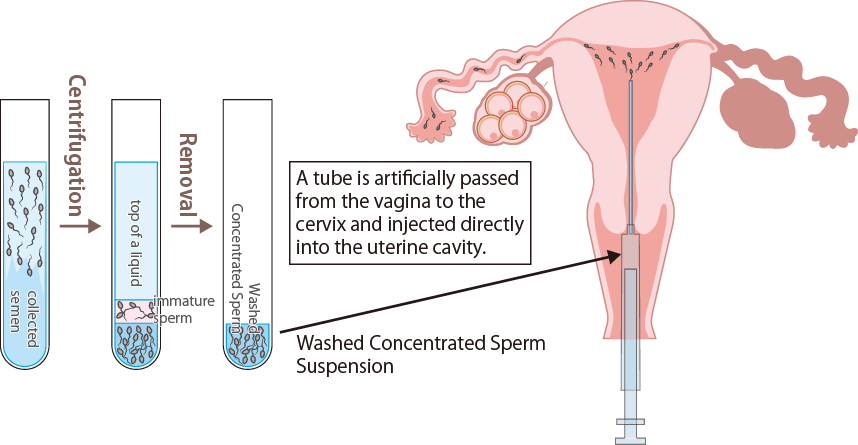
After artificial insemination, check whether ovulation has occurred from the follicle.
Blood tests may also be evaluated.
After confirming ovulation, prescribe medicine.
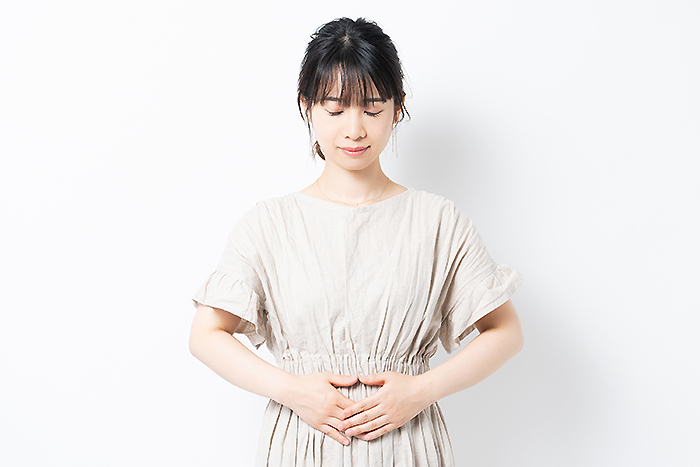
Please contact our Help Center either when your next menstruation starts or when you do not have a menstruation.
We will contact you to schedule your next visit.
